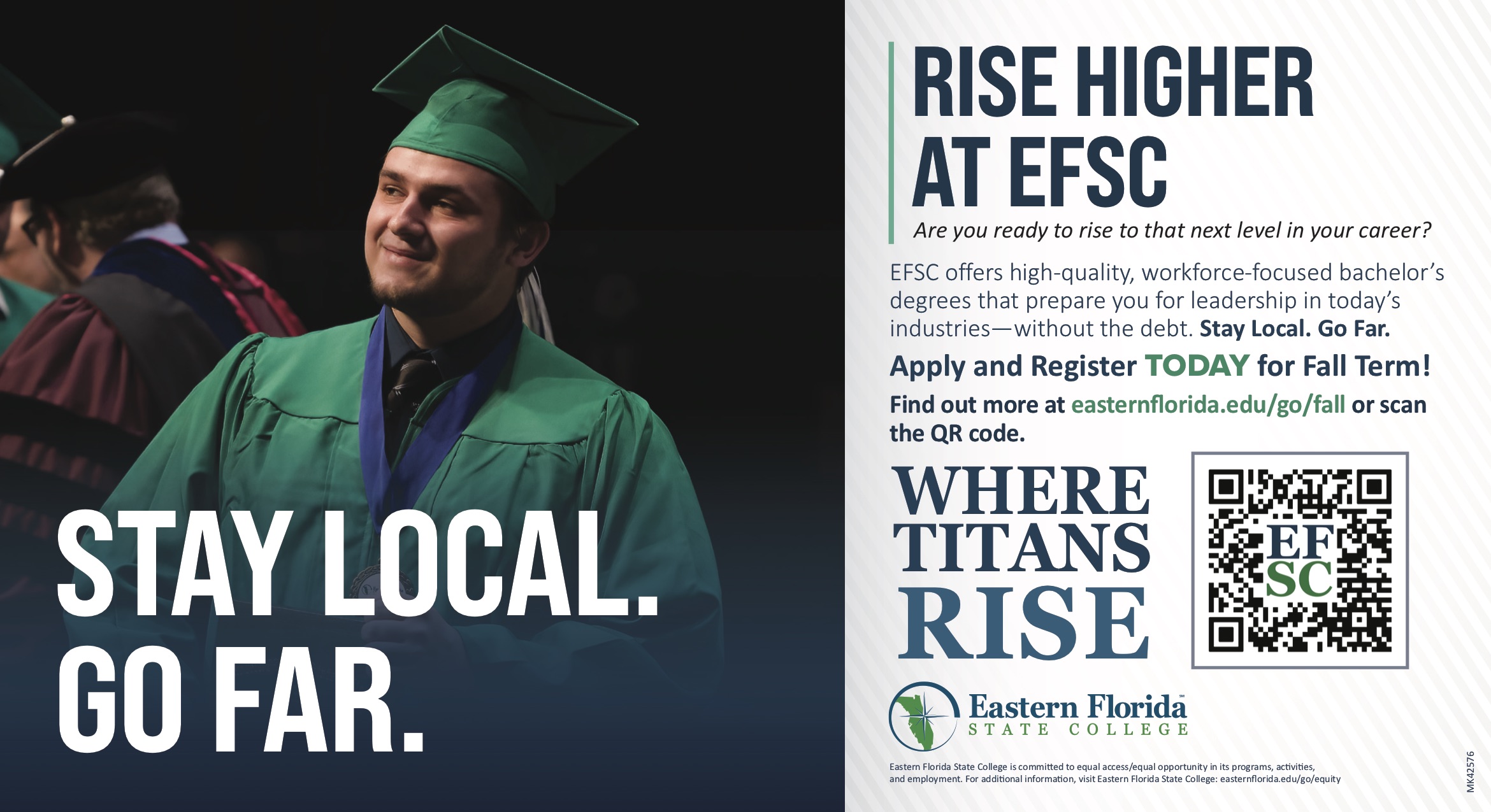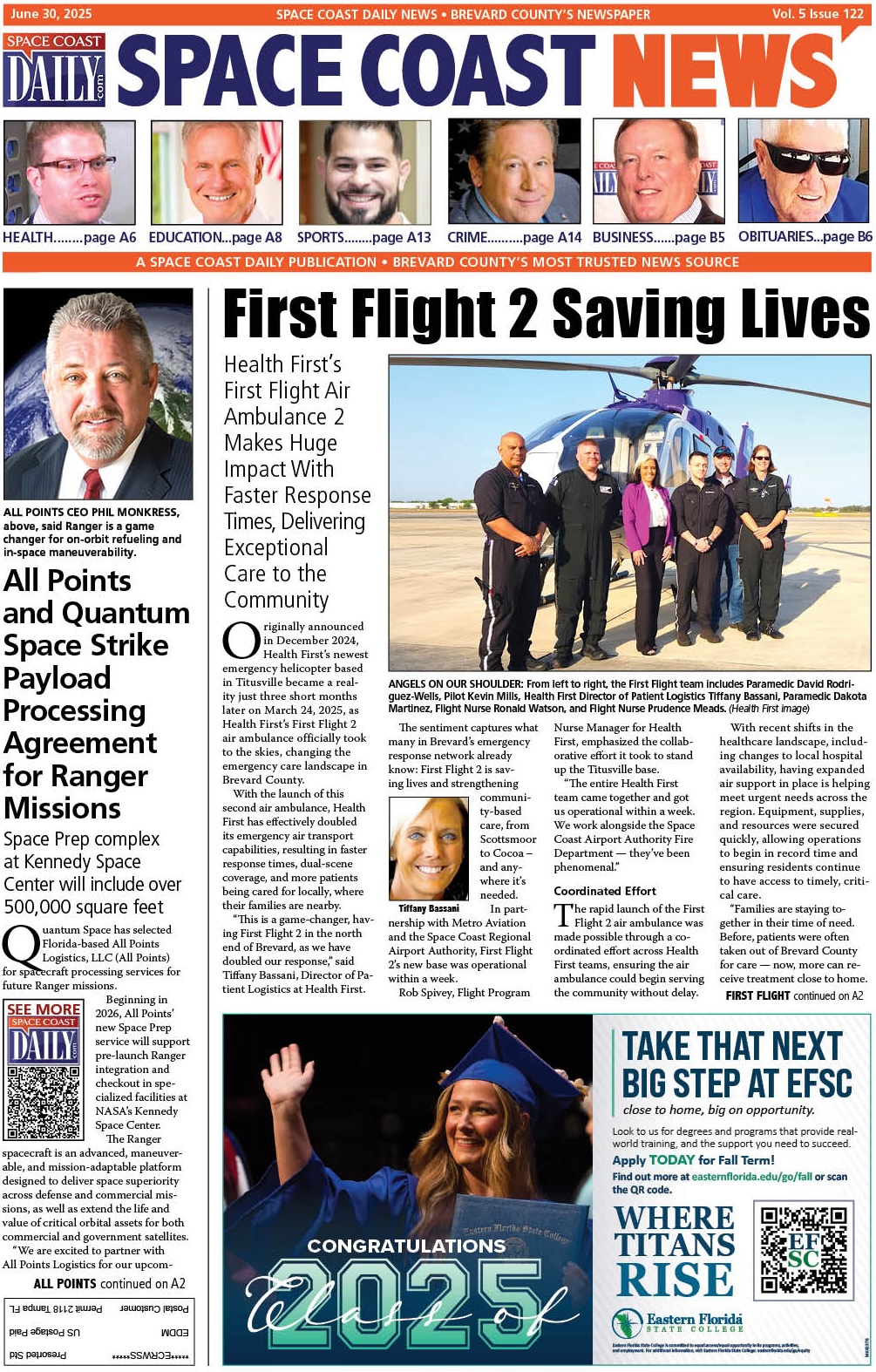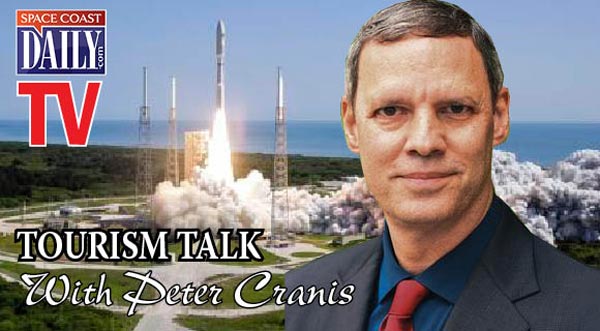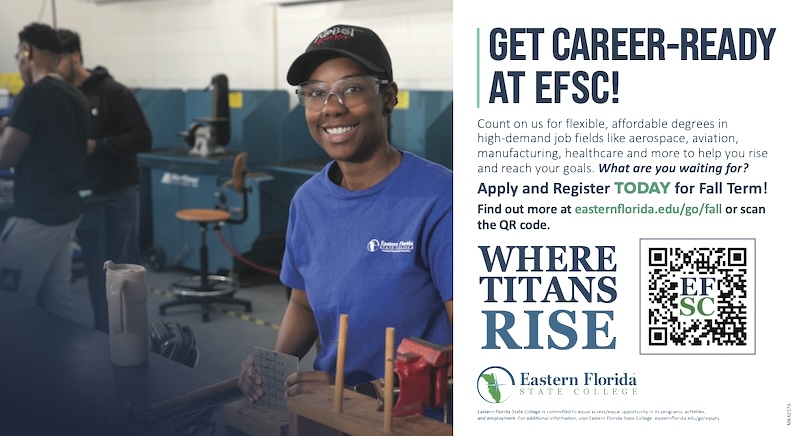Contractors Vow To Bring Back Space Activities To Brevard
By Space Coast Daily // June 17, 2013
Space Contractors Anxious To Launch Astronauts
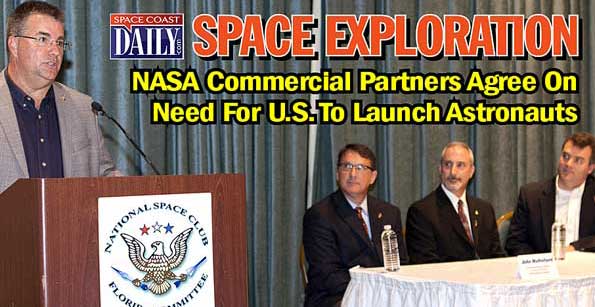
BREVARD COUNTY • CAPE CANAVERAL – The three commercial space companies working with NASA’s Commercial Crew Program (CCP) may have very different spacecraft and rocket designs, but they all agreed on the need for the United States to have its own domestic capability to launch astronauts.

“Today, there are nine humans on orbit,” said Ed Mango, CCP’s program manager, at a National Space Club meeting June 11 in Cape Canaveral, Florida.
“All of those folks got there on a vehicle that did not have a U.S. flag on it. We, and the people in this room, and the people at this table, need to fix that.”
Mango was joined by partner representatives from The Boeing Company, Sierra Nevada Corporation (SNC) and Space Exploration Technologies Inc. (SpaceX) to discuss the future of commercial space.
“We pay one of our partners, the Russians, $71 million a seat to fly,” Mango said. “What we want to do is give that to an American company to fly our crews into space.”
FLORIDA’S SPACE COAST ICON SITE
Since the dawn of space exploration, Florida’s Space Coast has been the iconic site of launching men and women aboard American rockets. During the meeting, all three partner representatives said they plan to bring the work associated with commercial space activities back to the area.
“It was incredibly important for us, from a business-case standpoint, to not only locate our launch services here, but also our manufacturing, refurbishment and turnaround operations — essentially having the entire team co-located here in Florida,” said John Mulholland, vice president and program manager of Boeing’s Commercial Programs.
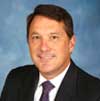
“It was incredibly important for us, from a business-case standpoint, to not only locate our launch services here, but also our manufacturing, refurbishment and turnaround operations — essentially having the entire team co-located here in Florida,” said John Mulholland, vice president and program manager of Boeing’s Commercial Programs.
Boeing’s CST-100 is on track to take up residency this summer in one of Kennedy Space Center’s former orbiter processing facilities. Space Florida, the state’s aerospace economic development agency, is continuing to modernize the facility to accommodate commercial space operations. Current plans call for Boeing, along with SNC, to launch their spacecraft a few miles away from Kennedy, atop a United Launch Alliance Atlas V rocket from Cape Canaveral Air Force Station.
SHUTTLE LANDING FACILITY PRIMARY RUNWAY FOR DREAM CHASER
“This is the Space Coast. It is the transportation hub. There’s land, sea, air and space and it all happens right here in Brevard County,” said Dan Ciccateri, SNC’s chief systems engineer. “It is key for that to continue into commercial crew space.”
During the meeting, Ciccateri also shared SNC’s plans to use the center’s Shuttle Landing Facility as the primary runway for the Dream Chaser spacecraft.
ABOVE VIDEO: A look at the Sierra Nevada Corporation Dream Chaser spacecraft.
SPACEX DRAGON LAUNCHED FROM THE CAPE

SpaceX already is launching its NASA-contracted cargo resupply missions to the International Space Station atop the Falcon 9 rocket and uncrewed version of its Dragon spacecraft from Cape Canaveral Air Force Station.
The company also is planning to launch satellite missions from Vandenberg Air Force Base in California.
“It’s to be seen what future markets will come from the Commercial Crew Program,” said Adam Harris, vice president of government sales for SpaceX. “My kids, who are two boys, seven and three, want to see the United States fly to space. And I think that is what inspires folks and I think that’s the reason that this is a great program.”
For more information about NASA’s Commercial Crew Program and its aerospace industry partners log on to NASA.gov/commercialcrew



